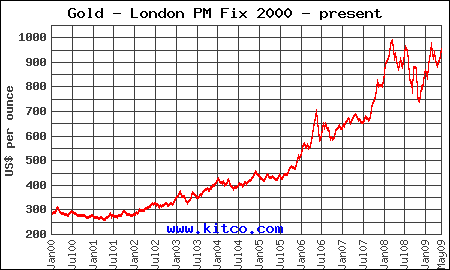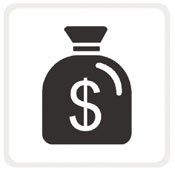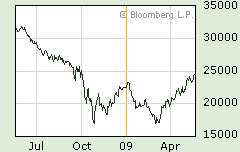Financial Quiz – Which Option Is Better?

Savings - A Lost American Virtue
1. Spend $2.50 today and receive $92 back over the next four years.
2. Spend 25 cents 10 times over the next four years plus spend $92, at easy payment terms of $1.91 over the next four years.
It seems that most Americans are making the idiotic choice of selecting option #2, according to the WSJ.
Consumers Spurn Fluorescent and LED Models That Can Save Money Over Time
WSJ- The spiral-shaped “compact fluorescent,” around for years, produces the same amount of light as its incandescent ancestor with one-quarter the energy. It lasts for years, provides light in an array of hues, and, by lowering electricity bills, pays for itself in about seven months.
Studies say improving the efficiency of the light bulb is among the easiest ways to start meaningfully curbing fossil-fuel consumption. Lighting accounts for some 20% of residential electricity use in the U.S. — a lot to fritter away as wasted heat. Yet about 80% of all bulbs sold to U.S. consumers are incandescents, which often cost less than 25 cents apiece, about one-tenth the price of a compact fluorescent.
“I buy the cheap ones,” Dallas resident Betty Ferrell said the other day as she reached for a pack of incandescents at a local Wal-Mart store. “They may not be cheap in the long run,” she said, “but they’re cheap for what I have in my purse now.”
In fact, Americans have been so reluctant to buy the new bulbs that the federal government is about to force their hand. A recent law will, in effect, ban incandescent bulbs for most uses by 2014.
But sales of compact fluorescents have dropped in the current recession, to 21% of total U.S. consumer light-bulb sales in 2008 from 23% in 2007, according to the DOE.
Calculating energy cost savings
We need two things to calculate how much it costs to light a lightbulb over 10,000 hours: total kWh of electricity used and cost per kWh.
For this exercise, we’ll use $.12/kWh:
- CFL: 230 x $.12 = $27.60
incandescent: 1,000 x $.12 = $120.00
Now that we have the cost to light both bulbs for 10,000 hours, subtracting the two gives us a cost savings of $92.40 by using a 23 watt CFL instead of a 100 watt incandescent bulb.
Please note: The purchase price of the bulb was not factored into energy cost savings. The typical 100 watt incandescent bulb will last 1,000 hours, therefore, 10 bulbs would have to be purchased to last as long as one 10,000 hour CFL. However, since a single CFL is about the same price as replacing 10 incandescent bulbs, we chose not to factor price into energy cost savings.
Lack of Financial Sense or Flat Broke?
So why would anyone chose option 2? The savings of $92 over four years was based on replacing only one light bulb. A $10 investment today for four light bulbs would effectively yield a return of $368 over the next four years. It’s hard to imagine any other investment producing this type of return.
If the average American can’t come up with $2.50, the economy is probably in worse shape than anyone imagines.
The US is spending billions of dollars each month on imported oil, yet the Government can’t come up with a plan to utilize existing technology that would massively reduce foreign oil imports? Here’s two easy options – a) impose a tax on incandescent light bulbs that would effectively raise the price above that of a fluorescent bulb, b) instead of sending out another round of “rebate” checks, mail each American 4 florescent bulbs.
On a positive note, the incandescent bulb will be gone in 2014.







